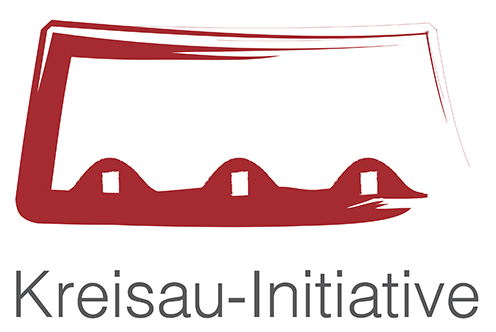Indictment
Slobodan Praljak is charged with the destruction of the Old Bridge i.e. committing War Crimes according to Article 8 2 (a) (iv) and 2 (b) (ix) of the Rome Statute.
Case overview and indictment
Case background: World War II (1939 – 1945)
The former Socialist Federal Republic of Yugoslavia (1945-1991) was a state in the southeast of the European continent consisting of six federal units (socialist republics): Serbia, Montenegro, Croatia, Slovenia, Bosnia and Herzegovina, Macedonia. Between 1945 and 1980, Yugoslavia was ruled by the communist regime of Josip Broz Tito, who also prescribed the same rights and obligations to all socialist republics within the federation in the Federation Constitution. In addition to the President of the Federation, each socialist republic was individually represented in Belgrade by its President.
After Tito’s death and with changes in the international political scene during the 1980s, especially the fall of most communist regimes and the end of the Cold War, the Yugoslav state found itself under increasing pressure of reform. On the economic side, the country was in crisis over its debt repayment to the IMF, while on the political side it was losing its once privileged position within the communist camp, which it had thanks to its reputation for non-alignment (Yugoslavia was independent of Moscow despite its communist structure contributed to its reputation in the West as well as preferential treatment).
In Yugoslavia, the recession has contributed to rising tensions between the federal state and local politicians, especially over the economic burden and its division among the republics. Accordingly, between June and December 1991, Slovenia and Croatia declared independence and are currently being recognized by the international community as independent states. For Bosnia and Herzegovina, the decision between secession and remaining part of Yugoslavia was not so easy: the population of Bosnia and Herzegovina was not ethnically homogeneous, and no nationality was in the absolute majority. Bosnian Serbs (~ 40%), Croats (~ 17%) and Muslims / Bosniaks (~ 43%) lived side by side, without clear boundaries of “ethnically pure” geographical areas. Nevertheless, in March 1992, the President of the Socialist Republic of Bosnia and Herzegovina declared the independence of the state following a referendum boycotted by Serbs. Due to the precarious atmosphere this leads to (quarrels between the three parties in the BiH parliament over the privileges of their voters – Serbs, Croats and Muslims), war breaks out between the three armed parties. Each side was afraid of being attacked if it did not enter the conflict itself. Finally, the territory of Bosnia and Herzegovina was divided into the Federation of Bosniaks and Bosnian Croats (Federation of BiH) and the Republika Srpska, linked by a weak state alliance.
The conflict in Mostar and Slobodan Praljak
At the start of the armed conflict Croats and Muslims fought together to defend the city of Mostar when it was besieged by reservists of the Yugoslav People’s Army (JNA). However, afterwards in May of 1993 former allies became enemies and a conflict erupted within the city itself. Slobodan Praljak, is a Bosnian Croat general who served in the Croatian Defence Council (HVO). During the conflict with JNA he ordered that the Old Bridge be protected due to its historical significance. He held the position of commander of the Main Staff until 9 November 1993 and was assisted by a deputy Milivoj Petković (Deputy Commander of the Main Staff). On the 7th of November 1993 Slobodan Praljak called a meeting in Tomislavgrad which brought together the highest-ranks of the HVO in Herzegovina, including Miljenko Lasić. On the following day, on the 8th of November, an order to launch an offensive against Mostar was issued by Milivoj Petković and implemented by Miljenko Lasić. The prosecution alleges that this order targeted and resulted in the destruction of the Old Bridge (Stari Most). The Old Bridge was an exemplary piece of Islamic architecture commissioned by Suleiman the Magnificent in 1557. It is considered a cultural heritage site of great importance for the city and particularly so to its Muslim inhabitants.
